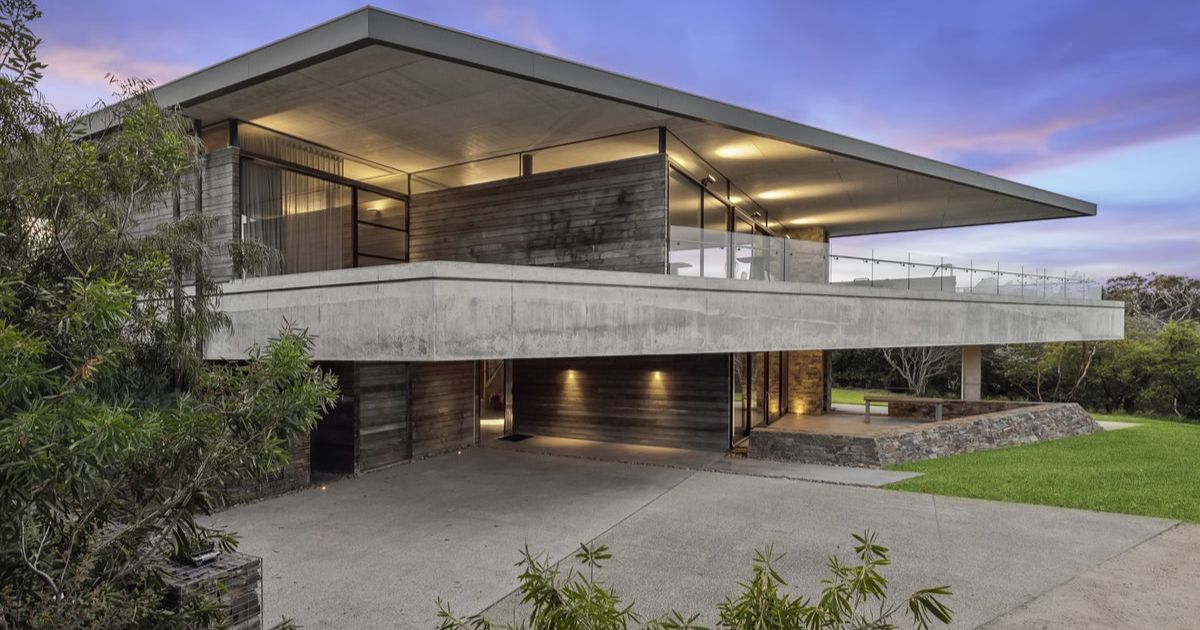Are Australians really at risk of mortgage stress?
WITH Leigh Deledio
So far this year, the Reserve Bank has hiked the cash rate five times, with the most recent increase happening earlier this month, when the RBA raised the official cash rate from 1.85 per cent to 2.35 per cent.
How are Australian households placed for these interest rate increases?
On the one hand, you’ve got finance experts estimating that 18.5%per cent of mortgage holders are at risk of mortgage stress with 11.8%per cent of those being at extreme risk of mortgage stress.
On the other hand, we’ve got the RBA’s Deputy Governor Michele Bullock concluding that “as a whole, households are in a fairly good position” to deal with interest rate increases.
How do you know if you might be at risk of mortgage stress?
Different research organisations use different measures to define mortgage stress. However, a frequently used definition of mortgage stress is when a household spends 30 per cent or more of its pre-tax income on home loan repayments.
Personally, I think that mortgage stress is a bit more complicated than the 30 per cent mortgage-to-income ratio. There is hardly ever a one-size-fits-all answer when it comes to finances.
Unfortunately, some households will be more vulnerable to the increases than others and are more likely to face financial stress.
For example, a low-income household might spend less than 30% of their income on mortgage repayments and still struggle to pay for adequate food, health, education and recreation.
Interest rate increases are beyond our control, but that doesn’t mean we’re hopeless. There are ways you can make your payments more manageable.
For example, you can consider restructuring your current loan, switching to a split variable/fixed rate arrangement, or refinancing with a more competitive lender to realise savings.
// Sponsored Content


















